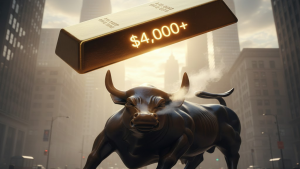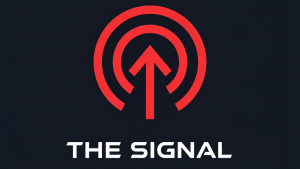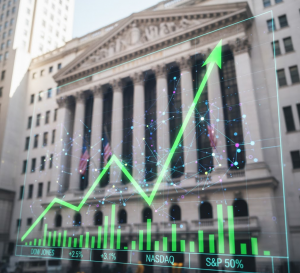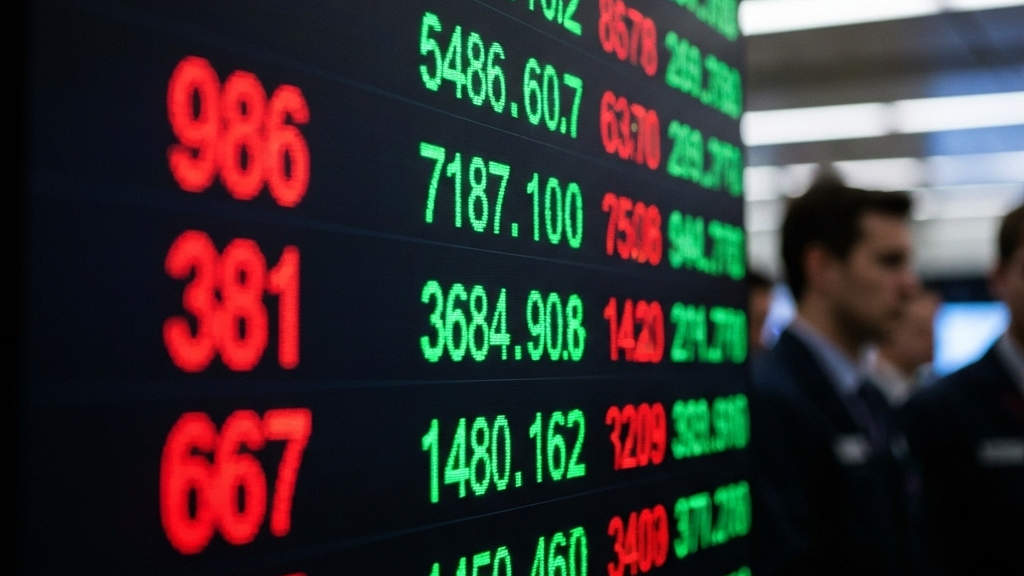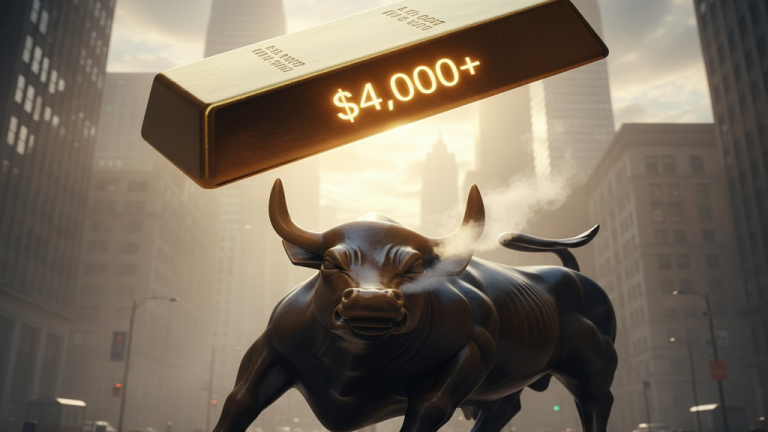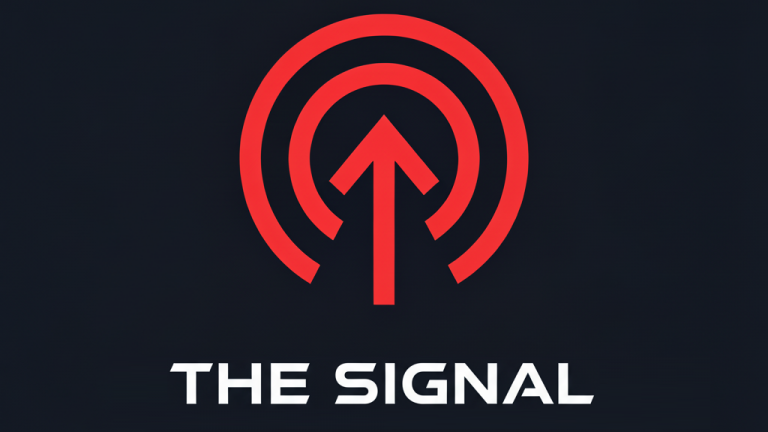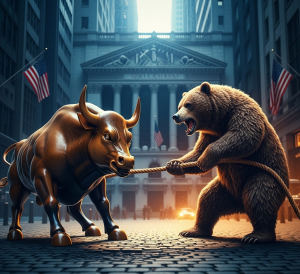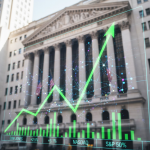The Closing Bell – September 23, 2025
Summary (TL;DR)
For investors, the key takeaway from this news is that the market’s recent powerful rally has hit a wall of worry. The relentless climb to all-time highs was interrupted today by a combination of profit-taking in the technology sector and new data suggesting U.S. business growth is beginning to slow down under the weight of tariffs. This development is significant because it shifts the focus from pure momentum to the underlying health of the economy, prompting investors to question whether corporate earnings can continue to support historically high stock valuations, a sentiment echoed by Federal Reserve Chair Jerome Powell.
What Happened?
U.S. stock markets closed in negative territory, ending a three-day streak of setting new all-time highs. The pullback was led by the technology sector, with influential stocks like Nvidia giving back some of their recent substantial gains. The reversal in sentiment was fueled by a preliminary report from S&P Global, which indicated that growth in U.S. business activity slowed for the second consecutive month in September.
The report noted that while the economy is still expanding, companies are facing rising costs due to tariffs and are finding it increasingly difficult to pass those costs on to consumers amid softening demand. Investors also showed caution ahead of, and during, a speech by Federal Reserve Chair Jerome Powell for his first public remarks since the central bank cut interest rates last week.
Why It Matters?
Coming into the session, the market was riding a wave of optimism, largely driven by enthusiasm for artificial intelligence and the hope that the Federal Reserve would continue to lower interest rates. Today’s S&P Global report was the first significant piece of data to challenge that optimistic narrative. Analysts were expecting continued resilience, but the report introduced the idea that corporate profit margins the amount of profit a company makes per dollar of sales could be squeezed.
This matters because sustained stock market growth ultimately depends on companies growing their earnings. When the cost of doing business goes up (tariffs) and the ability to raise prices goes down (weaker demand), profits can suffer. Chair Powell’s subsequent characterization of stocks as “fairly highly valued” and his description of the Fed’s dual challenges of managing inflation and employment risks added to the day’s cautious tone.
The Debate (The Bull vs. Bear Case)

The Bull Case (The Optimistic View): On one hand, optimists believe this is a healthy and temporary pause in a longer-term bull market. Analysts at Goldman Sachs have noted that an accommodating Federal Reserve and an economy poised to accelerate into next year should allow the market to maintain its high valuations, with earnings growth driving future gains. From this perspective, the AI-driven technology boom remains a powerful tailwind, and pullbacks like today’s are simply opportunities for investors to buy into strong companies at a slightly lower price before the next leg up.

The Bear Case (The Cautious View): On the other hand, cautious voices point to today’s economic data as a sign of emerging cracks in the foundation. According to Chris Williamson, Chief Business Economist at S&P Global Market Intelligence, the new data suggests a moderation in inflation may be coming, but at the cost of “squeezed margins.” This camp worries that the market has gotten ahead of itself, with valuations stretched thin. The concern, as highlighted in reports from the Associated Press, is that the combination of high stock prices, persistent tariffs, and slowing business activity creates a vulnerable environment, especially if the Federal Reserve is unable or unwilling to cut rates as aggressively as the market hopes.
By the Numbers (Key Data & Metrics)
- S&P 500: Closed down 36.83 points, or 0.6%, at 6,656.92.
(A broad measure of the performance of 500 of the largest U.S. companies.) - Nasdaq Composite: Closed down 215.50 points, or 0.9%, at 22,573.47.
(This index is heavily weighted towards technology stocks, which led today’s decline.) - Dow Jones Industrial Average: Closed down 88.76 points, or 0.2%, at 46,292.78.
(This index tracks 30 large, publicly-owned companies.) - CBOE Volatility Index (VIX): Rose to approximately 16.88.
(Often called the “fear gauge,” a rise in the VIX indicates an increase in expected market volatility.) - 10-Year Treasury Yield: Eased to 4.11%.
(The yield, or interest rate, on government bonds often falls when investors seek the safety of bonds over stocks, signaling a “risk-off” mood.)
Disclaimer: This article is for informational purposes only and does not constitute financial, investment, or legal advice. The information provided is a synthesis of publicly available data and expert analysis and should not be considered a recommendation to buy or sell any security. Investing in the stock market involves risk, including the possible loss of principal. Past performance is not indicative of future results. Readers should consult with a qualified financial advisor to determine an investment strategy that is suitable for their own personal financial situation and risk tolerance.
